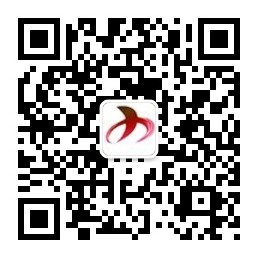使用模板
模板是一个文本,用于分离文档的表现形式和内容。 模板定义了占位符以及各种用于规范文档该如何显示的各部分基本逻辑(模板标签)。 模板通常用于产生HTML,但是Django的模板也能产生任何基于文本格式的文档。
<html>
<head>
<title>Ordering notice</title>
</head>
<body>
<h1>Ordering notice</h1>
<p>Dear {{ person_name }},</p>
<p>Thanks for placing an order from {{ company }}. It's scheduled to ship on {{ ship_date|date:"F j, Y" }}.</p>
<p>Here are the items you've ordered:</p>
<ul>
{% for item in item_list %}
<li>{{ item }}</li>
{% endfor %}
</ul>
{% if ordered_warranty %}
<p>Your warranty information will be included in the packaging.</p>
{% else %}
<p>You didn't order a warranty, so you're on your own when the products inevitably stop working.</p>
{% endif %}
<p>Sincerely,<br />{{ company }}</p>
</body>
</html>用两个大括号括起来的文字(例如 {{ person_name }} )称为 变量(variable) 。这意味着在此处插入指定变量的值。
被大括号和百分号包围的文本(例如 {% if ordered_warranty %} )是 模板标签(template tag) 。标签(tag)定义比较明确,即: 仅通知模板系统完成某些工作的标签。
这个例子中的模板包含一个for标签( {% for item in item_list %} )和一个if 标签({% if ordered_warranty %} )
最后,这个模板的第二段中有一个关于filter过滤器的例子,它是一种最便捷的转换变量输出格式的方式。
如这个例子中的{{ship_date|date:"F j, Y"}},将变量ship_date传递给date过滤器,同时指定参数"F j,Y"。date过滤器根据参数进行格式输出。

